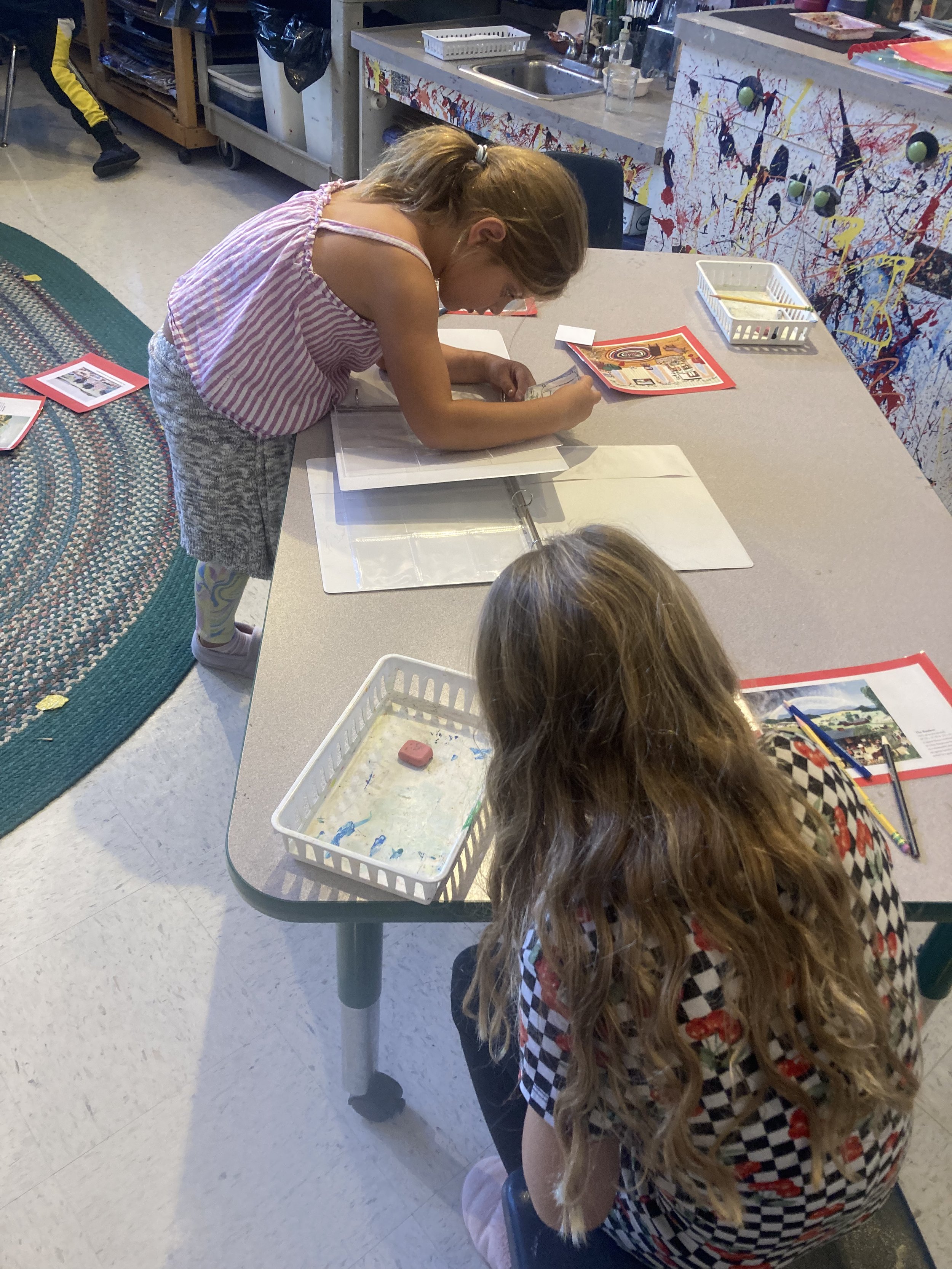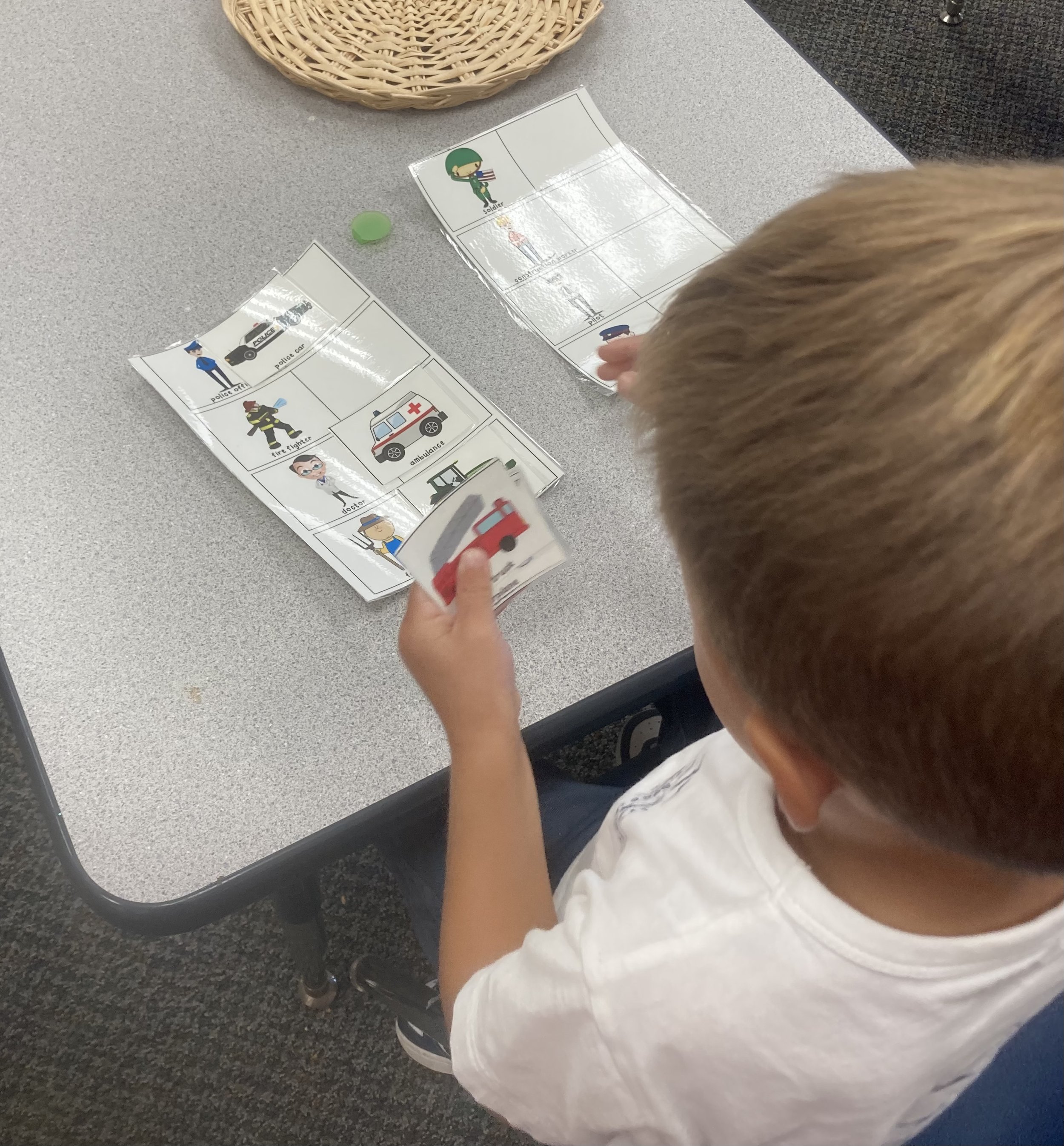When I bring parents in to see our classrooms at some point after mid-October, they are often in awe of the peace, respect, work ethic, and quiet that they witness. Sometimes they cannot even imagine their own child in this setting. Perhaps they have a three year-old and are considering Children’s House or maybe a 10 year-old who has been in a traditional neighborhood school. In both cases, I explain that the classrooms are normalized. I always preface this comment by explaining that normalization is a Montessori term and by no means relates to traditional concepts of “normal” and “abnormal.”
As I watch our 2022-2023 classrooms becoming normalized, I thought I would share this blogpost I found. It does a great job explaining this fundamental Montessori concept. At the bottom, please visit the photo gallery of our students and classrooms on a path towards normalization.
Enjoy,
Suzanne Lawson, Assistant Head of School
What is Normalization? Montessori Perspectives
Credit: http://montessoritraining.blogspot.com/2008/04/montessori-philosophy-normalization.html
Normalization “is the most important single result of our whole work.” ~Maria Montessori, The Absorbent Mind, (Chapter 19)
Normalization is the term Montessori used to refer to children who are able to concentrate and work freely in the Montessori environment, exercising self-discipline and peace. It is in no way meant to suggest that children who are not able to do this are not normal. It simply means they are in a different stage of their development and personal journey.
Montessori said there were three stages each child goes through on the way to normalization. The first stage is when children do something because they want to. This is typical behavior of toddlers and two year olds. As the child matures, they move to stage two and do things when they are asked of them. The third stage is when the child does something because they know it is the right thing to do.
Stages of Normalization:
The child does something because they want to.
The child does something because he/she is asked to do it.
The child does something because they know it is right.
Children who are normalized not only know the ground rules, they follow them because doing so leads to peace and harmony in their environment. They are patient with themselves and others. Normalized children are respectful of all things, living and non-living. They exercise self-control and self-discipline. In short, normalized children are independent which leads to greater learning. “In the normalized child, his freedom to take an interest in all kinds of things, leads to his focusing his attention... on the knowledge he derives from them.” The Absorbent Mind, (Chapter 22)
The Montessori environment is structured to lead the child naturally and gracefully through the stages of normalization. Normalization can neither be forced nor coerced. Each child is a unique individual with a unique timeframe of development. The Montessori materials were developed to help the child develop these necessary skills by presenting learning challenges incrementally. With repeated practice and built-in self-correction (also known as “control of error), the child learns to develop his focus and concentration as well as developing a curiosity for what comes next. The Montessori teacher and parent is a gentle, loving presence who uses positive guidance and redirection to help the child acquire independence.
Montessori Philosophy: Understanding Normalization and the Montessori Classroom
Upon hearing the term "normalization" for the first time, most people cringe. "What do you mean my child isn't normal?" The term normalization is a term borrowed from anthropology and means "becoming a contributing member of society" (Dr. Rita Shaefer Zener, 2006). Normalization describes the process that occurs in the Montessori classroom, where young children (usually with short attention spans) learn to focus and concentrate for sustained periods of time, while deriving self-satisfaction from their work. Normalization occurs when development is proceeding normally.
Dr. Montessori stated that there are four characteristics that show that normalization is happening:
Love of work - The first characteristic of the process of normalization is love of work. Love of work includes the ability to choose work freely and to find serenity and joy in work. (The Absorbent Mind, p. 202)
Concentration - To help such development, it is not enough to provide objects chosen at random, but we [teachers] have to organize a world of 'progressive interest'. (The Absorbent Mind, p. 206).
Self-discipline - After concentration will come perseverance . . . It marks the beginning of yet another stage in character formation . . . It is the ability to carry through what he has begun. The children in our schools choose their work freely, and show this power unmistakably. They practice it daily for years. (The Absorbent Mind p. 217)
Socialibility - There is only one specimen of each object, and if a piece is in use when another child wants it, the latter—if he is normalized—will wait for it to be released. Important social qualities derive from this. The child comes to see that he must respect the work of others, not because someone has said he must, but because this is a reality that he meets in his daily experience. (The Absorbent Mind, p. 223).
We might ask ourselves:
How long does Normalization take?
When will the children learn to share?
Why do they refuse to help clean up?
Why is this child running around the classroom?
In essence: When will they be normalized?
The process of normalization, like a 3-period lesson, occurs in three steps- every child develops at a different pace. Children build the foundations of character and personality by following this work cycle.
Preparation for work – this includes gathering the materials necessary to do the work. The preparation allows the mind to begin to focus on the activity before the work actually begins.
The work – The works in a Montessori classroom are meant to engage the child so that they able to focus and concentrate in depth.
Rest (or completion) – The work is done and the child has derived satisfaction of completing the work. This is a time of putting the Montessori materials away and sharing his accomplishments with others.
Dr. Montessori believed that if children are placed in a carefully prepared environment they would learn to live in harmony with their surroundings. It is up to the Montessori teacher to prepare that environment so that the children are free to develop their personalities and their minds from the opportunities that are presented to them in her classroom.
See our Bridgeview Montessori classrooms and students becoming normalized.







